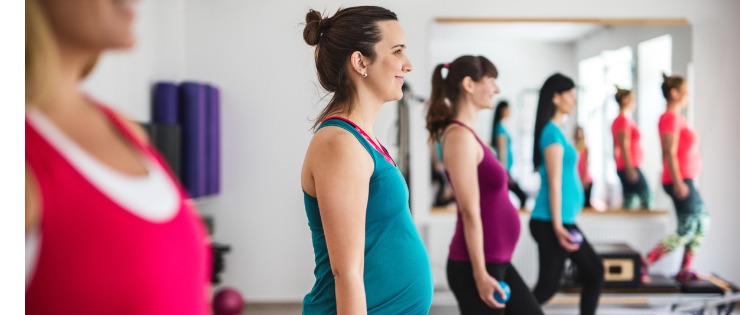
I think it would be a fair assumption that the majority of people would associate ‘physiotherapy’ with ankle sprains and sore backs. The role of a traditional musculoskeletal physio certainly encompasses managing these types of injuries among others.
What about a women’s health physio (WHP)?
I discovered the amazing world of WHP when I fell pregnant with my first daughter and I have been a regular attendee through both pregnancies and into the post partum period.
This area of physiotherapy can play an important role for women through various life stages as the female body goes through several significant transitions. It starts with puberty and the onset of the menstrual cycle; there is pregnancy and childbirth (for those that choose that path); the post partum period; and finally comes menopause.
Why is this relevant? These changes, while all considered ‘normal’ can come with certain complications or challenges which is where a WHP comes in. Let’s take pregnancy as an example as it will allow me to touch on my personal experience.
Pregnancy is probably one of biggest physical changes the human body will go through. As the baby grows the abdominal wall needs to stretch to accomodate a rapidly expanding belly while the pelvic floor works hard every single day to support the extra weight and pressure pushing down from above. Add in postural adaptions, hormonal factors and weight gain. There is a lot to deal with so it’s no surprise that many women can suffer from musculoskeletal complaints such as back pain and pelvic pain.
A WHP can help you with the above mentioned issues. I’d also recommended scheduling a visit with them at the 28-30 week mark so they can assess your pelvic floor function, check your abdominal wall and also provide some really important education to prepare for labour.
It’s often a misconception that during pregnancy we need to strengthen our pelvic floor, which is true. It is equally if not more important to learn is how to relax your pelvic floor as the ability to be able to do this well will equate to how effective your ‘push’ is during labour. This skill is one of the biggest take homes a good WHP will teach you.
You’ve had the baby. Now what? Back to exercise?
If only it were that simple. Around the time of your 6 week post partum check I’d suggest seeing your WHP again. Even if you had a caesarian delivery your pelvic floor still needs attention,
remember it’s carried the weight of a baby for 9 months too!
This check up will most likely involve a proper pelvic floor assessment; testing the function of your abdominal wall and you will probably have some take home exercises to target these areas in preparation for returning to your desired exercise.
As we all know every mum’s birth story is different. Some women have uncomplicated labour with a straight forward rehab, while others may have a longer road to recovery. Either way a WHP can play such an important role in guiding you through this period of your life.